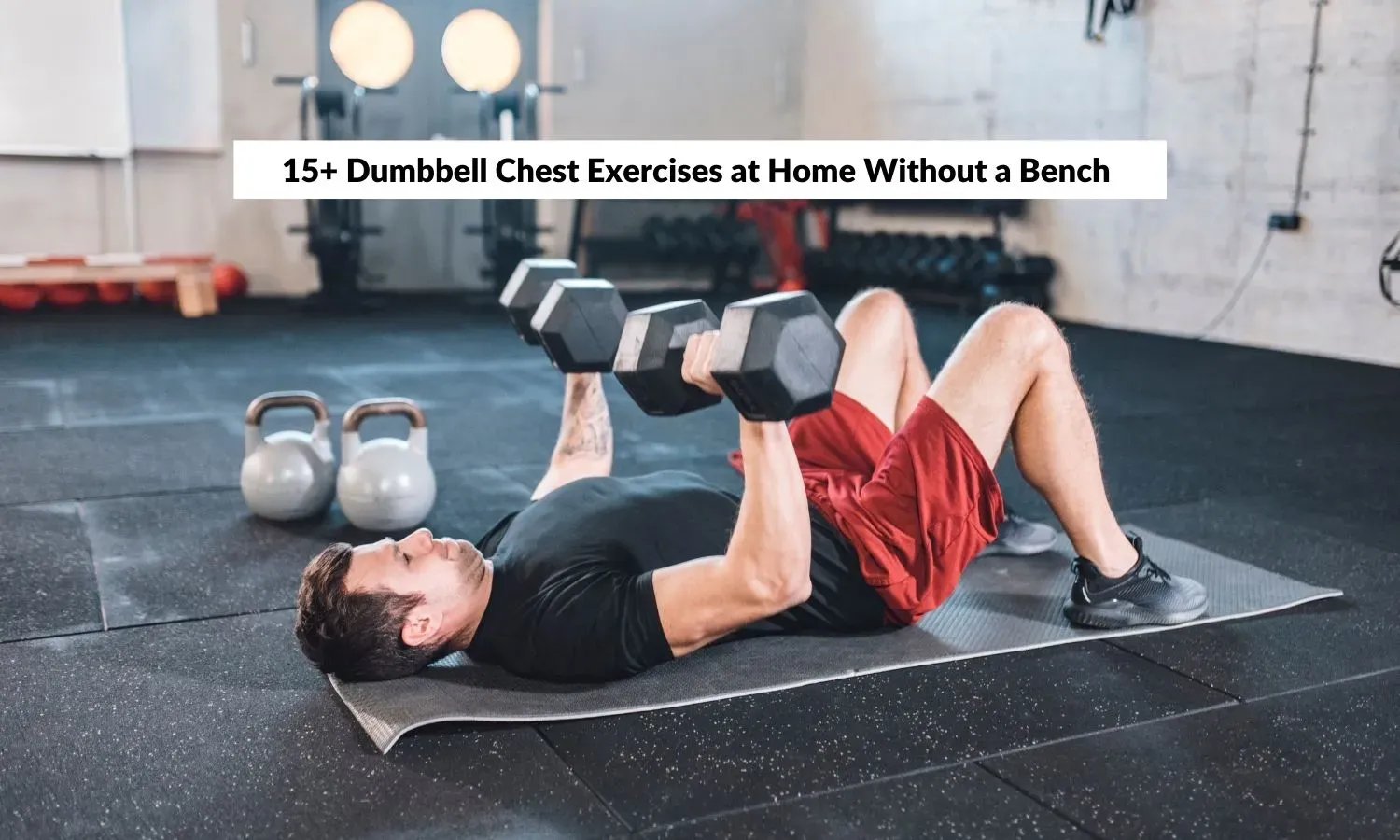Table of Contents
Stuck at home without a gym bench but still want to build a solid chest? Maybe you've got a pair of dumbbells gathering dust and wonder if they're enough. The good news is, you absolutely do not need a fancy bench to hit your chest muscles effectively. Forget the excuses; we're talking about real, tangible gains right from your living room floor.
Why You Don't Need a Bench for a Great Chest Workout
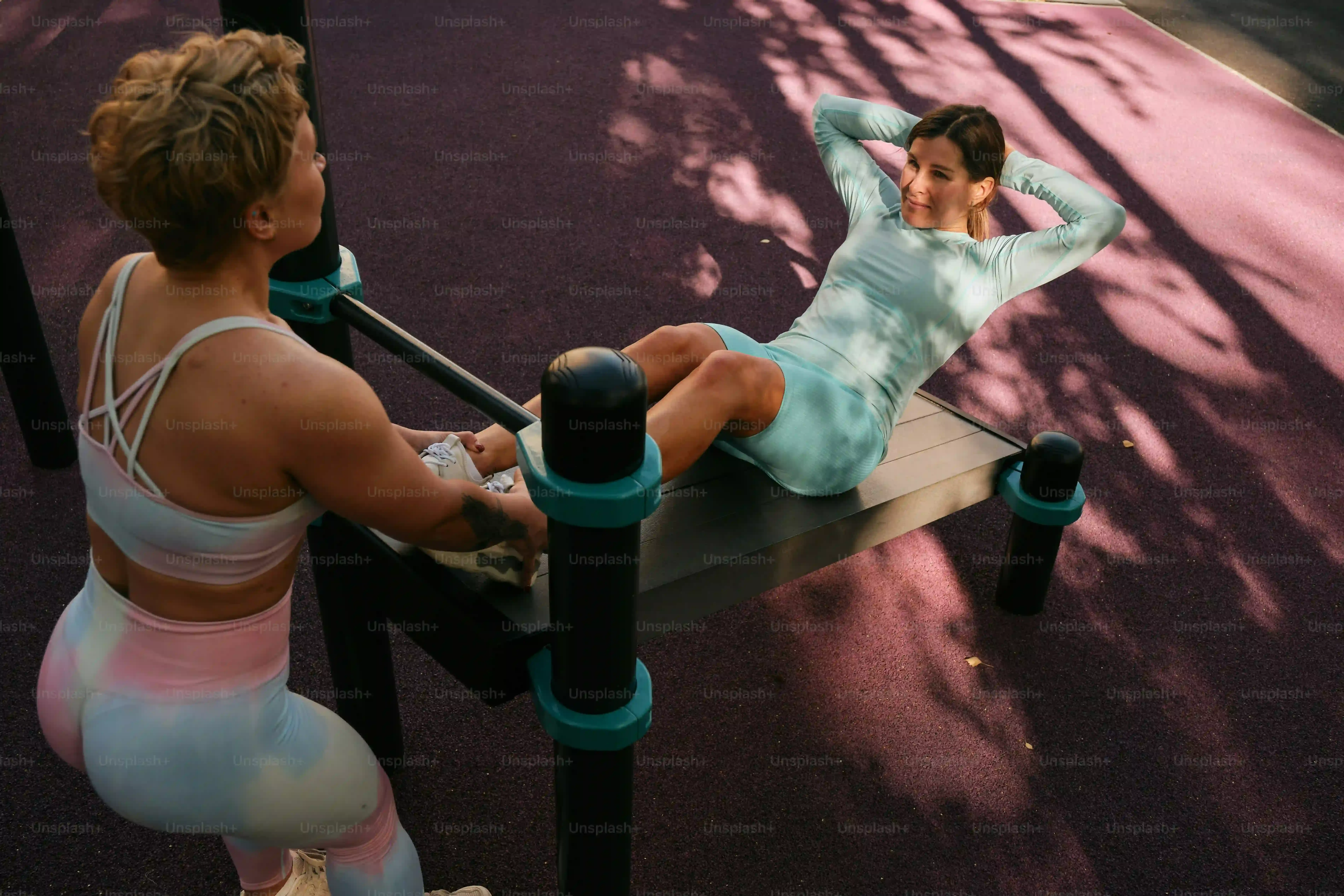
Why You Don't Need a Bench for a Great Chest Workout
Let's be real: a bench is handy, sure, but it's not the gatekeeper of chest gains. Think about it. A bench primarily allows you to increase your range of motion downwards on pressing movements. However, working from the floor limits this descent, which can actually be *better* for some folks, especially if shoulder health is a concern. The floor provides a hard stop, preventing your shoulders from extending past a certain point, reducing stress on the joint capsule. Plus, using dumbbells on the floor still allows for independent limb movement, which is excellent for identifying and fixing imbalances that a fixed bar or machine might mask. You get a great chest workout, engage stabilizer muscles, and avoid potential shoulder drama, all without needing a piece of equipment that takes up half your living room.
Anatomy Check: Understanding Your Chest Muscles for Better Training
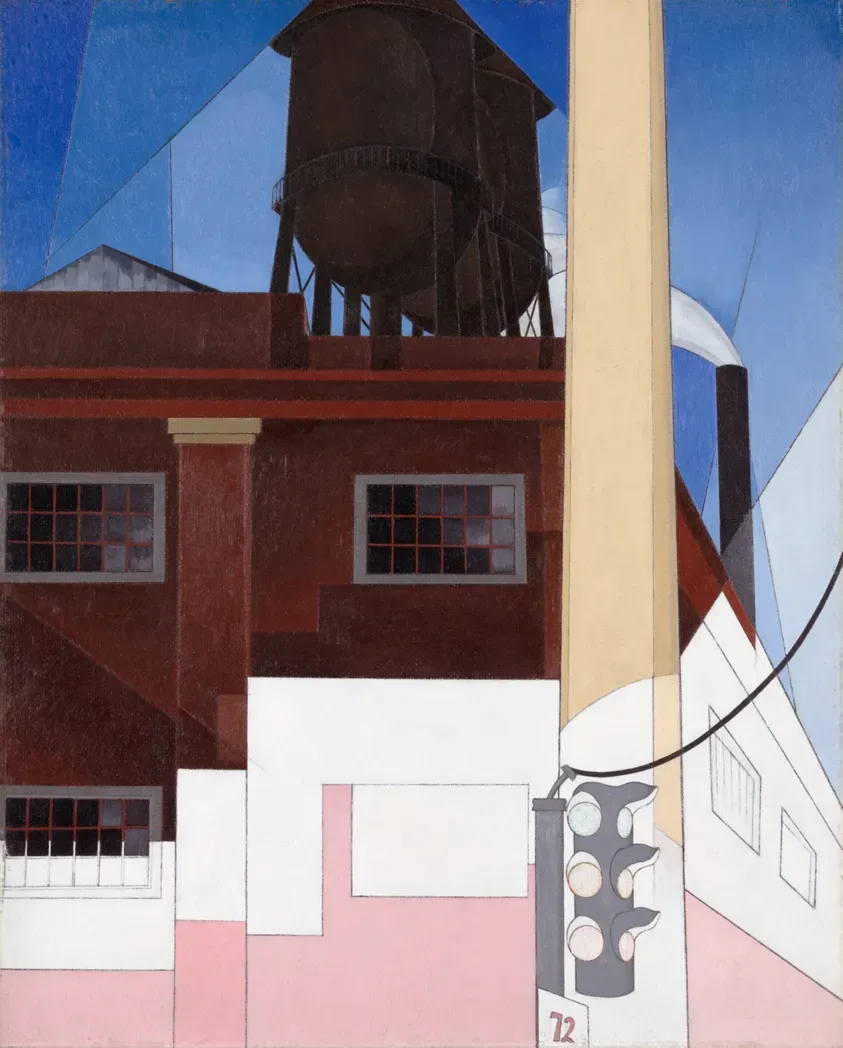
Anatomy Check: Understanding Your Chest Muscles for Better Training
The Big Player: Pectoralis Major
Alright, let's talk about the star of the show: the Pec Major. This is the big slab of muscle that gives your chest its shape. Think of it as two main parts: the clavicular head (the upper chest, closer to your collarbone) and the sternal head (the mid to lower chest, attaching to your sternum). When you press dumbbells up from the floor, both heads are working, but the angle changes the emphasis slightly. Floor presses tend to hit the sternal head hard, while incline work (even simulated with variations) targets that upper pec area. Knowing this helps you pick exercises that cover all the bases, even without a bench.
Supporting Cast: Pec Minor and Friends
But wait, there's more! Underneath the Pec Major sits the Pectoralis Minor. This smaller muscle helps stabilize your scapula (shoulder blade). Then you've got the Serratus Anterior, that cool-looking muscle on the side of your rib cage that helps protract and rotate your scapula. While your dumbbell presses and flies primarily target the Pec Major, these supporting muscles are crucial for healthy shoulder movement and overall chest function. Ignoring them is like building a house without a foundation – eventually, things get shaky.
- Pectoralis Major: The main chest muscle, responsible for bringing your arm across your body and pressing movements.
- Pectoralis Minor: Helps stabilize the shoulder blade, sitting underneath the Pec Major.
- Serratus Anterior: Located on the side of your rib cage, assists with shoulder blade movement and stability.
Killer At Home Dumbbell Chest Workout No Bench: Essential Exercises
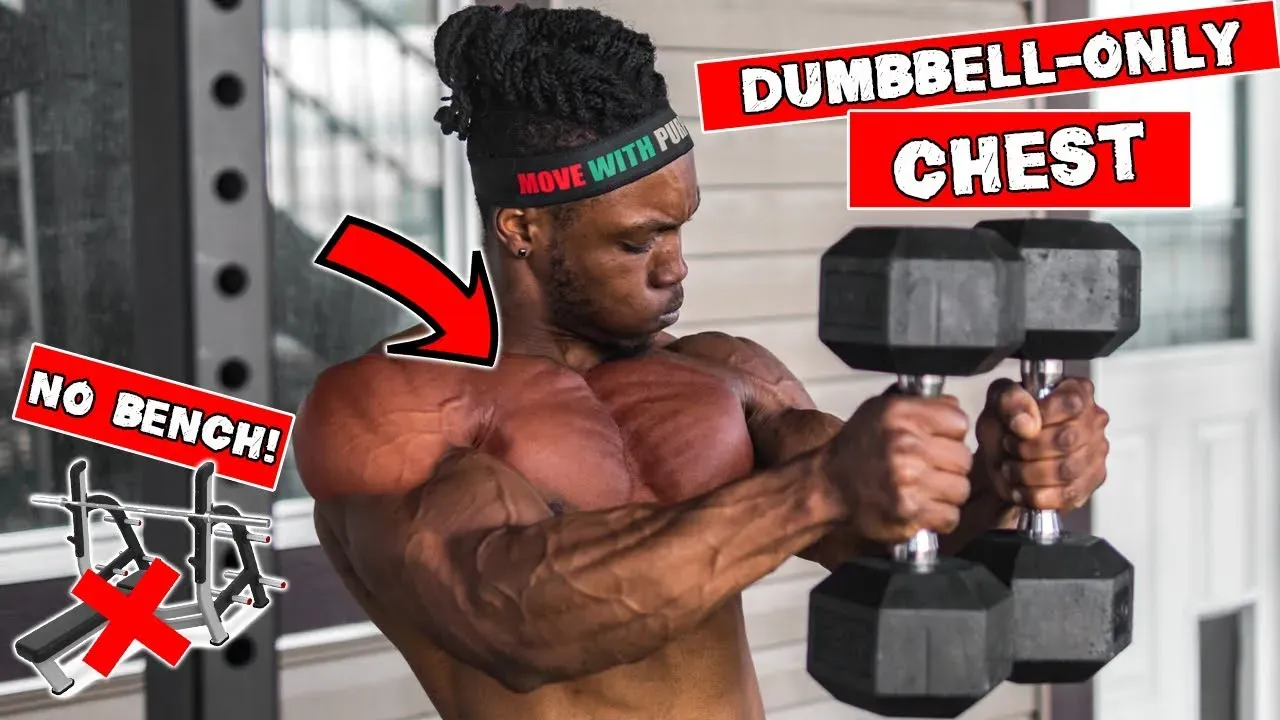
Killer At Home Dumbbell Chest Workout No Bench: Essential Exercises
Alright, enough theory. You want to know *how* to actually build that chest with just dumbbells and the floor. This is where the rubber meets the road. Forget those complicated setups; we're focusing on the movements that deliver results. These aren't just random exercises; they're chosen specifically because they work your chest hard and can be done effectively without a bench. You might be surprised how challenging these can be, proving you don't need fancy equipment to get a serious pump and build some real muscle fiber.
Dumbbell Floor Press
This is your bread and butter, the king of the no-bench chest exercises. Lie flat on your back on the floor, knees bent, feet flat. Hold a dumbbell in each hand, palms facing each other (neutral grip) or slightly angled (pronated grip, like a regular press). Lower the dumbbells slowly until your upper arms touch the floor. Don't bounce off the floor! Press them back up powerfully, squeezing your chest at the top. The floor limits your range of motion, which is actually a good thing for many people's shoulders, preventing hyperextension.
Why bother with the floor press? It forces your shoulders into a stable position. Unlike a bench press where your shoulder blades can retract and move freely, the floor pins them down. This can help isolate the chest more and reduce the temptation to over-arch your back. It's a solid, no-nonsense movement.
Dumbbell Floor Fly
While presses build thickness, flies focus on stretching and squeezing the chest, hitting that outer sweep and inner line. Lie on your back on the floor, holding a dumbbell in each hand above your chest with a slight bend in your elbows, palms facing each other. Lower the dumbbells out to the sides in an arc, maintaining that slight elbow bend, until your upper arms gently touch the floor. Bring them back up in the same arc, squeezing your chest as if you're hugging a tree. Don't let your elbows lock out at the top.
This movement really emphasizes the stretch on the pec fibers. Because you're on the floor, the range of motion is limited compared to a bench fly, which again, can be safer for your shoulders. Focus on the controlled negative (lowering the weight) and a strong contraction at the top.
- Floor Press: Builds overall chest strength and mass, good for shoulder stability.
- Floor Fly: Targets the outer and inner chest, emphasizing stretch and squeeze.
- Standing Svend Press: Hits the inner chest hard with an isometric squeeze.
- Dumbbell Pullover (on floor or pillow): Works the chest, lats, and serratus anterior.
Standing Dumbbell Svend Press
This one feels a bit different but is fantastic for hitting the inner chest. Stand tall, holding two dumbbells pressed together vertically at chest height, palms facing each other. Keep them squeezed together *hard* throughout the movement. From this position, press the dumbbells straight out in front of you, maintaining the squeeze. You should feel a significant contraction in your inner chest. Slowly bring them back to the starting position. It's a subtle movement, but effective when done correctly with focus on the squeeze.
I remember thinking this looked silly the first time I saw it. Then I tried it with a decent weight and my inner chest was screaming the next day. It's not about moving heavy weight here; it's about tension and contraction. Think quality over quantity.
Dumbbell Pullover (Floor or Elevated)
This exercise works multiple muscles, including the chest (especially the sternal head), lats, and serratus. Lie on your back, holding one dumbbell vertically with both hands above your chest. Keeping a slight bend in your elbows, lower the dumbbell in an arc over your head towards the floor. Feel the stretch in your chest and lats. Pull the dumbbell back to the starting position using your chest and back muscles. If you have a sturdy pillow or cushion, you can place it under your upper back to allow for a slightly greater range of motion, mimicking a bench pullover.
Exercise | Primary Target | Benefit (No Bench) |
|---|---|---|
Dumbbell Floor Press | Pectoralis Major (Mid/Lower) | Shoulder friendly, stable base |
Dumbbell Floor Fly | Pectoralis Major (Outer/Inner) | Controlled stretch, reduced shoulder stress |
Standing Svend Press | Pectoralis Major (Inner) | Isometric hold, intense inner pec contraction |
Dumbbell Pullover | Pectoralis Major, Lats, Serratus | Works multiple muscles, can be done on floor or slight elevation |
Dumbbell Push-Ups (with or without dumbbells)
technically a bodyweight exercise, but you can use dumbbells for elevated hand positions or added resistance on your back (if you're brave). Place your hands on the handles of two dumbbells shoulder-width apart on the floor. Lower your chest towards the floor, keeping your body in a straight line. Press back up. Using dumbbells allows for a deeper stretch at the bottom compared to hands flat on the floor. If that's too easy, put the dumbbells on your upper back and have a partner hold them in place while you do push-ups. That's a real test.
Push-ups are a fundamental movement for a reason. They work the chest, shoulders, and triceps, and require core stability. Adding dumbbells increases the challenge and range of motion slightly. It's a versatile move for any at home dumbbell chest workout no bench setup.
Putting It Together: Sample At Home Dumbbell Chest Workouts
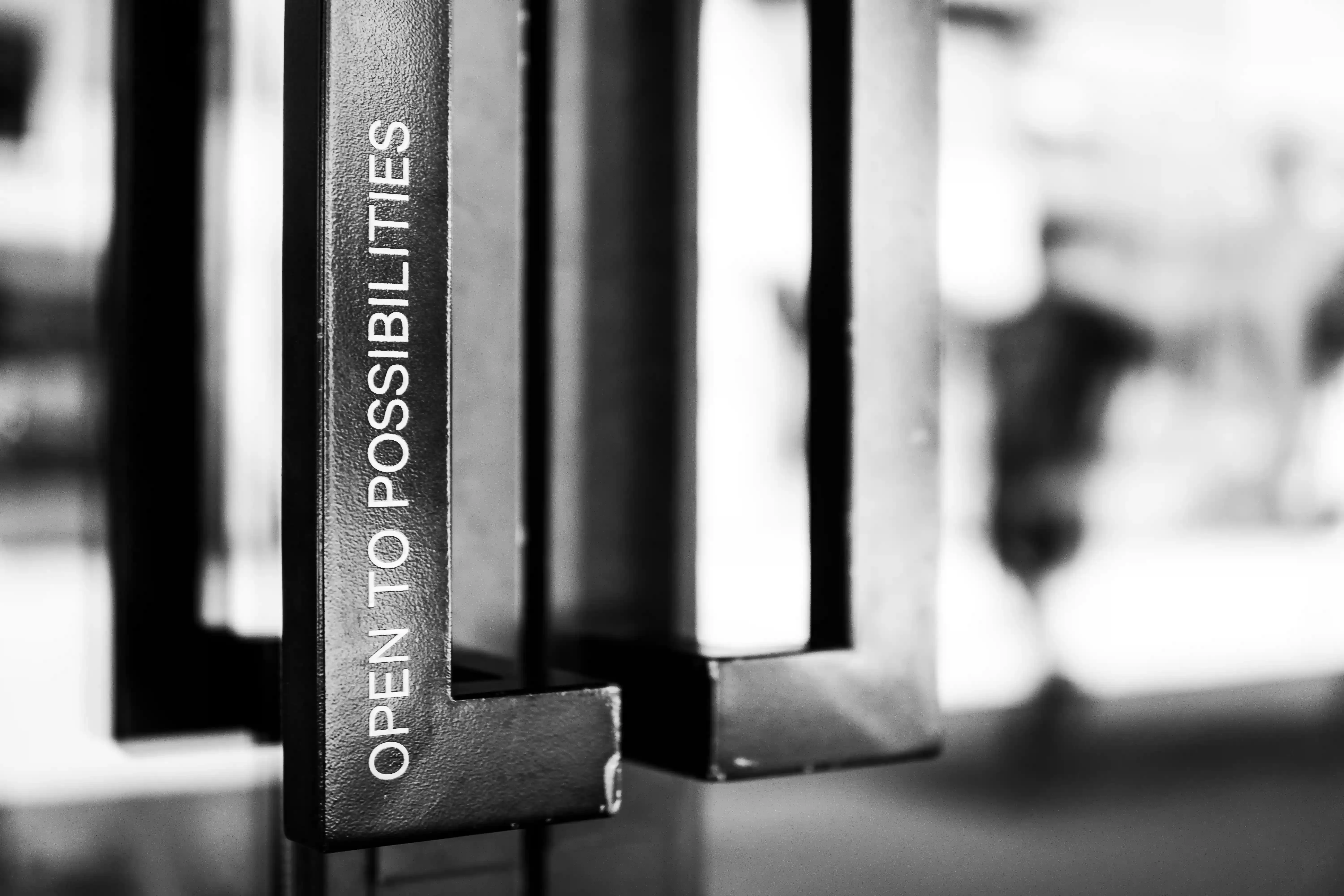
Putting It Together: Sample At Home Dumbbell Chest Workouts
Designing Your At Home Dumbbell Chest Workout No Bench
Alright, you've got the exercises, but how do you string them together into something that actually builds muscle? It's not just about doing random sets and reps. A smart at home dumbbell chest workout no bench involves hitting your chest from slightly different angles, even when you're flat on the floor. You want a mix of pressing movements for overall mass and strength, and fly movements for that stretch and inner-chest squeeze. Think about volume (total sets and reps) and intensity (how heavy you're going, how close to failure you get). Consistency is key here. Don't just do it once; make it a regular part of your routine.
Building a workout isn't rocket science, but it requires some thought. You need a warm-up, your main working sets, and then maybe some finishing work. The exercises we covered are your building blocks. Now, let's look at how you might combine them depending on where you're starting from. Remember, proper form trumps heavy weight every single time, especially when you're working off the floor.
A Sample Beginner Routine
Just starting out with your at home dumbbell chest workout no bench? Keep it simple and focus on mastering the basic movements. Don't try to do everything at once. Two or three exercises are plenty to start. Aim for controlled reps and feel the muscle working. The goal is to build a foundation and get your body used to the movement patterns. Rest between sets to allow your muscles to recover enough to perform the next set with good form. Don't rush it.
Here’s a straightforward sample to get you going. Do this 1-2 times per week, allowing at least 48 hours of rest between sessions. Focus on controlled movement and feeling your chest contract.
Exercise | Sets | Reps | Rest |
|---|---|---|---|
Dumbbell Floor Press | 3 | 10-12 | 60-90 seconds |
Dumbbell Floor Fly | 3 | 10-15 | 60-90 seconds |
Dumbbell Push-Ups (on knees if needed) | 3 | As many as possible (AMRAP) | 60 seconds |
Stepping Up Your Game (Intermediate/Advanced)
Once you're comfortable with the basics and those sample workouts feel too easy, it's time to increase the challenge. This could mean using heavier dumbbells, doing more sets, reducing rest times, or incorporating more advanced variations or techniques. You might add the Standing Svend Press for inner chest focus or explore single-arm variations to really challenge stability and address imbalances. Varying your reps – sometimes going heavier for 6-8 reps, other times lighter for 15-20 – can also stimulate growth differently.
Progression is key to continued gains. Don't get stuck doing the same thing with the same weight forever. Push yourself while maintaining good form. Listen to your body, but don't be afraid to challenge its limits. An effective at home dumbbell chest workout no bench setup requires consistent effort and smart programming as you get stronger.
Tips and Tricks for Maximizing Your Dumbbell Chest Gains

Tips and Tricks for Maximizing Your Dumbbell Chest Gains
Alright, you're crushing your at home dumbbell chest workout no bench, but how do you squeeze every last drop of gain out of it? It's not just about showing up; it's about making each rep count. Focus on the mind-muscle connection – actively think about squeezing your chest muscles as you press or fly the weight. Don't just lift the dumbbells from point A to point B. Control the weight on the way down (the eccentric phase) – this is often where muscle damage, and thus growth, really happens. Aim for a tempo, maybe taking 2-3 seconds to lower the weight. And don't be afraid to chase progressive overload, even without a bench. This means finding ways to make the workout harder over time, whether that's using slightly heavier dumbbells, doing more reps with the same weight, adding an extra set, or reducing your rest time between sets.
Your Chest, No Bench Required: Wrapping Up
So there you have it. The notion that you need a padded bench and a dedicated gym space for an effective chest workout is, frankly, a bit dramatic. As we've covered, the floor, a stability ball, or even just standing provides ample opportunity to challenge your chest muscles using only dumbbells. You've got the exercises, the understanding of how to hit those pecs, and the framework for putting together a solid routine. Consistency and proper form will dictate your results, not the presence of upholstered furniture. Get to it.
